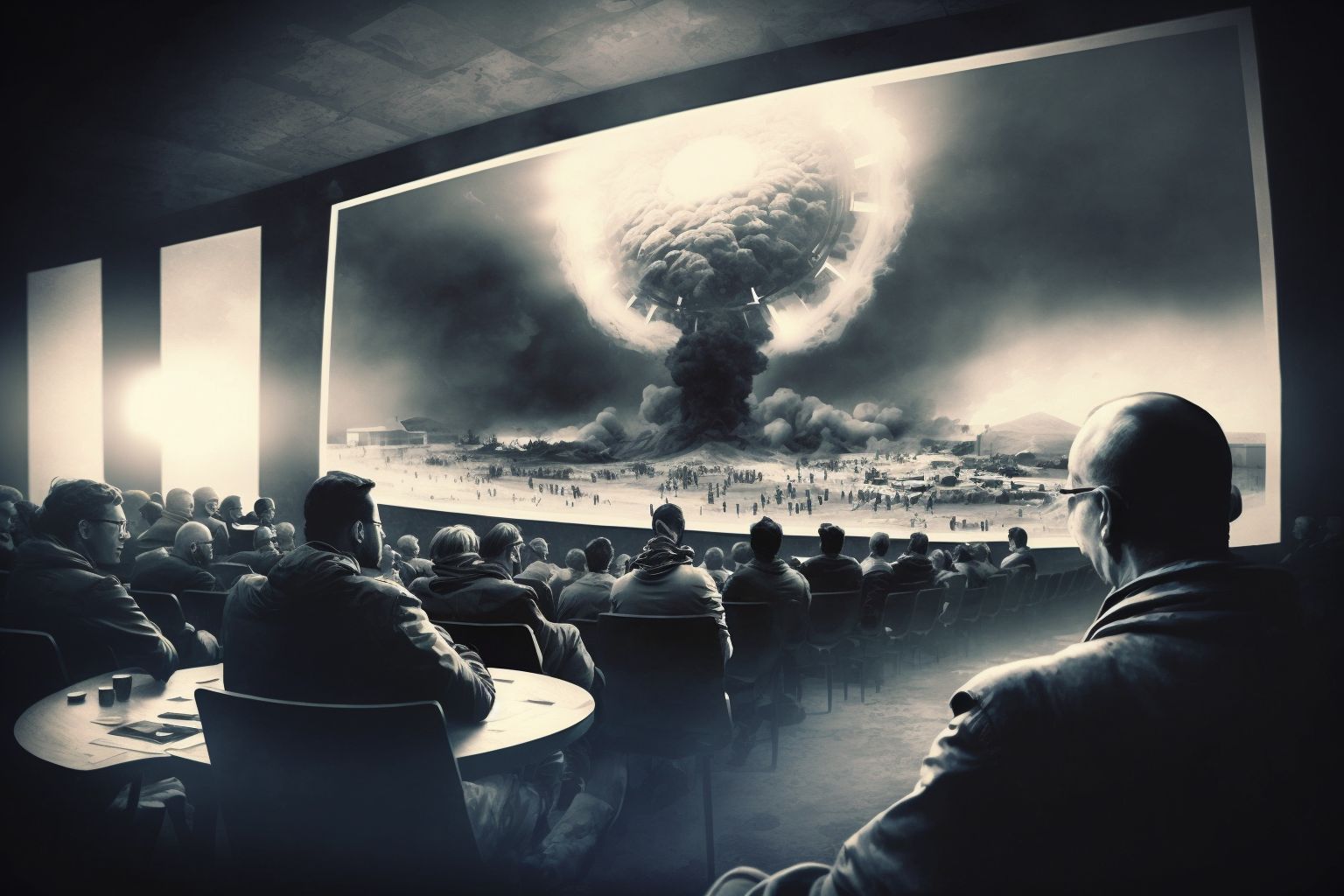Today, exceptionally, two topics, one well-known to you already (I hope ChatGPT hasn’t bored you yet…). However, we will also look at the fate of software conferences after the pandemic.
1. What repercussions will the arms race for AI in search engines have?
Once again we have a week in which it is simply impossible not to bring up the topic of AI. It simply shows what a great revolution and a real paradigm shift ChatGTP has turned out to be, even when it comes to the very decision-making process of the most media-covered Big Tech.
For it turns out that the strategic alliance Microsoft and OpenAI have been developing for years is bearing surprising fruit. No one seems to have expected just a year ago that anything could threaten Google’s dominance in the search engine world, and here suddenly a situation where the incumbent giant would be knocked off its pedestal is under serious consideration. Of course, the mere fact of adding ChatGPT to Bing or Microsoft Teams (and not “someday,” but for those caught up on the Waiting List – “already”) was objectively quite a revolution. Above all, however, it is a blow to Google’s “A monument more lasting than bronze” image as a company with a market advantage that is unthreatening.
For Big G is showing fear, and on many levels. First, it announces Bard, its own ChatBot search-accessible technology based on the LaMDA project. LaMDA is not something new, even in these reviews last year we had a chance to write about it when one of the engineers working on it said it had achieved self-awareness.
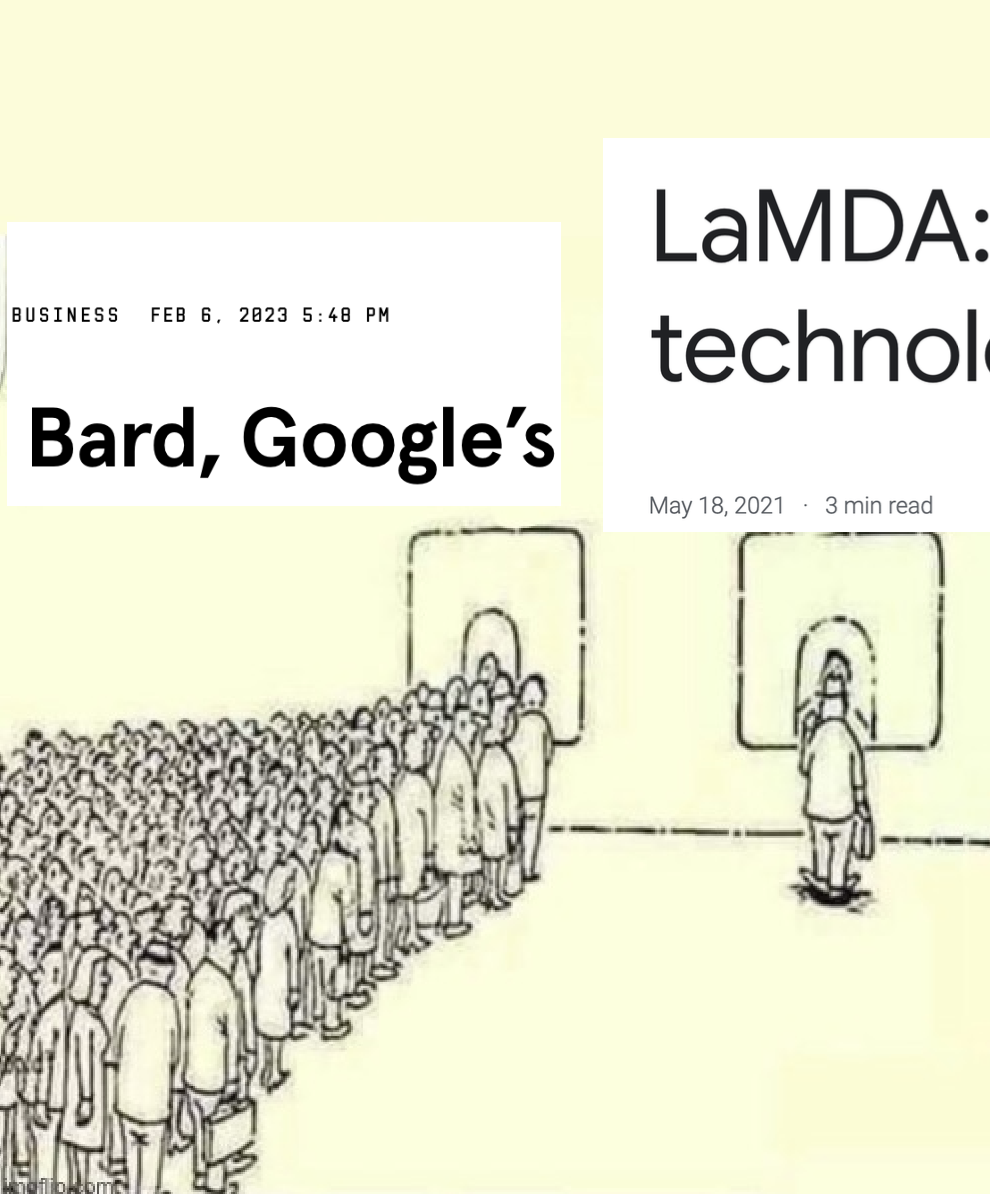
Now this “self-aware” bot is to be made available to the wider public, but for now it is being tested only internally, and reportedly very, very chaotically. The best lesson in how this kind of haste can be disastrous Google received during its first public demo of the technology, held this Wednesday. During it, Bard made the mistake of falsifying information about the circumstances of the first photo of a planet from outside the solar system. The punishment was certainly painful – the reaction to the presentation was a drop of almost 10% in the company’s stock market valuation, which translated into a $100 billion drop in value.
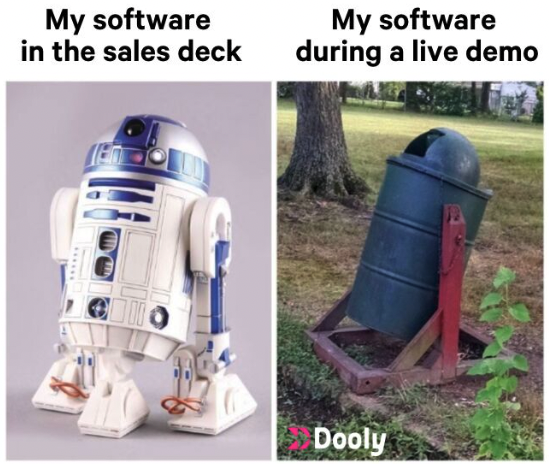
With that said, don’t dismiss Google so easily just yet – the company has a lot of amazing projects, the productization of which is sure to stir up a lot. So far, however, most of them haven’t left academia, and what we’ve been getting after them are satisfying videos on the Two Minute Papers channel (I wildly recommend subscriptions!). Now the rules of the game have changed, and it’s no longer possible to refer to ourselves as an AI-First company if our products don’t reach a wide audience. So Google needs to change its approach, and recent actions can be taken as the first sign. The company, moreover, is trying to chase Microsoft, using the paths it has blazed, which is why it has invested $300 million in Anthropic, a company that is a direct competitor to OpenAI.
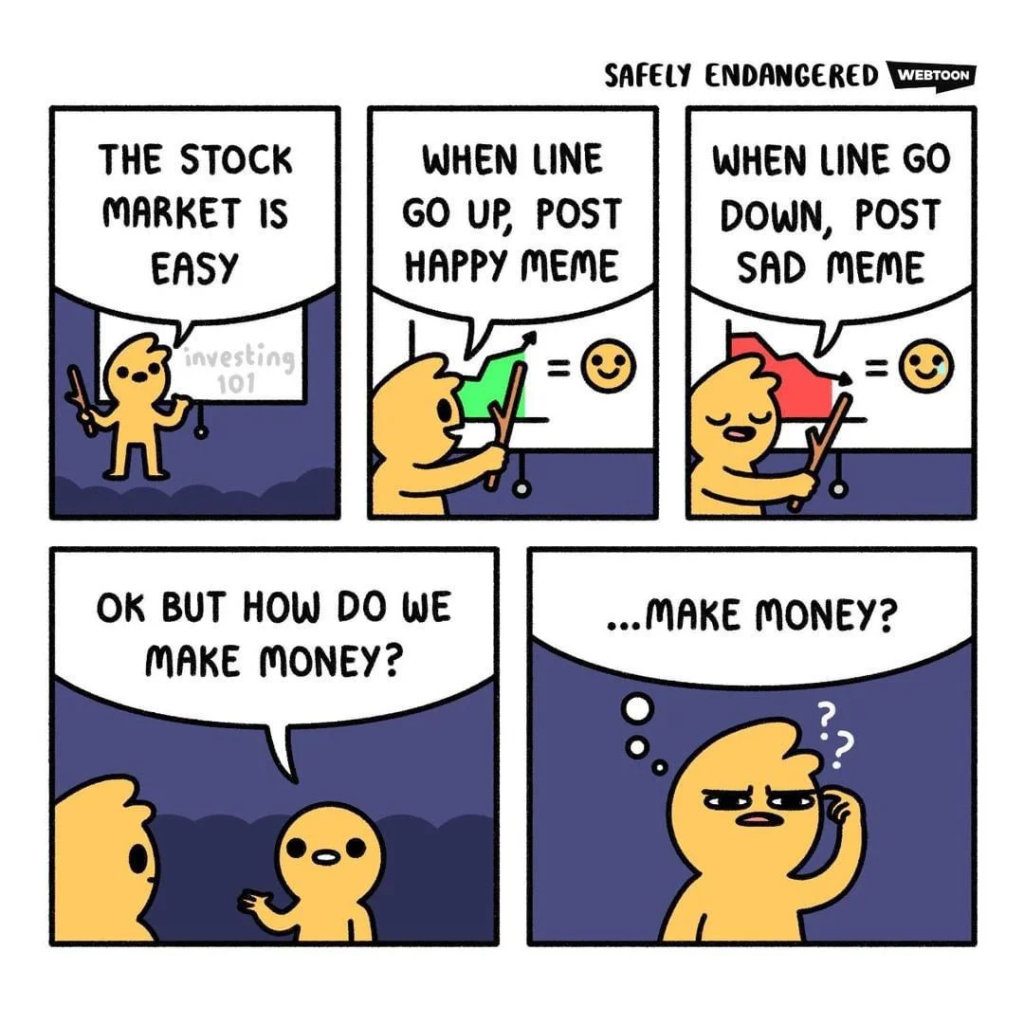
What will this arms race lead us to? One may have some concerns. After all, up to now AI has been treated as a space that needs to be approached carefully – the devil once let out of the box cannot be easily locked into it again. Now, as we have already touched upon, the paradigm is changing. It may become more important to deliver quickly than, for example, concerns about reproducing existing stereotypes or sowing misinformation. A very good topic was covered by The Washington Post Big Tech was moving cautiously on AI. Then came ChatGPT. The social aspect can go down a treat.
An example is at hand. And, unfortunately, I have to admit that as much as I love Midjourney (and will continue to use it), I’ve recently become quite jaded by the direction in which the illustrations it generates have gone. While discussing tools on the company’s Slack, a link from August 2022, which is a guide to using Midjourney, fell into my hands. It is interesting enough that it shows images of women in many different styles, back in the days of the previous version of the model. So I decided to compare it with the new variant, and I’m surprised how often typing ‘woman, x’ gets you on something hooked on softporn. See for yourself, by the way:
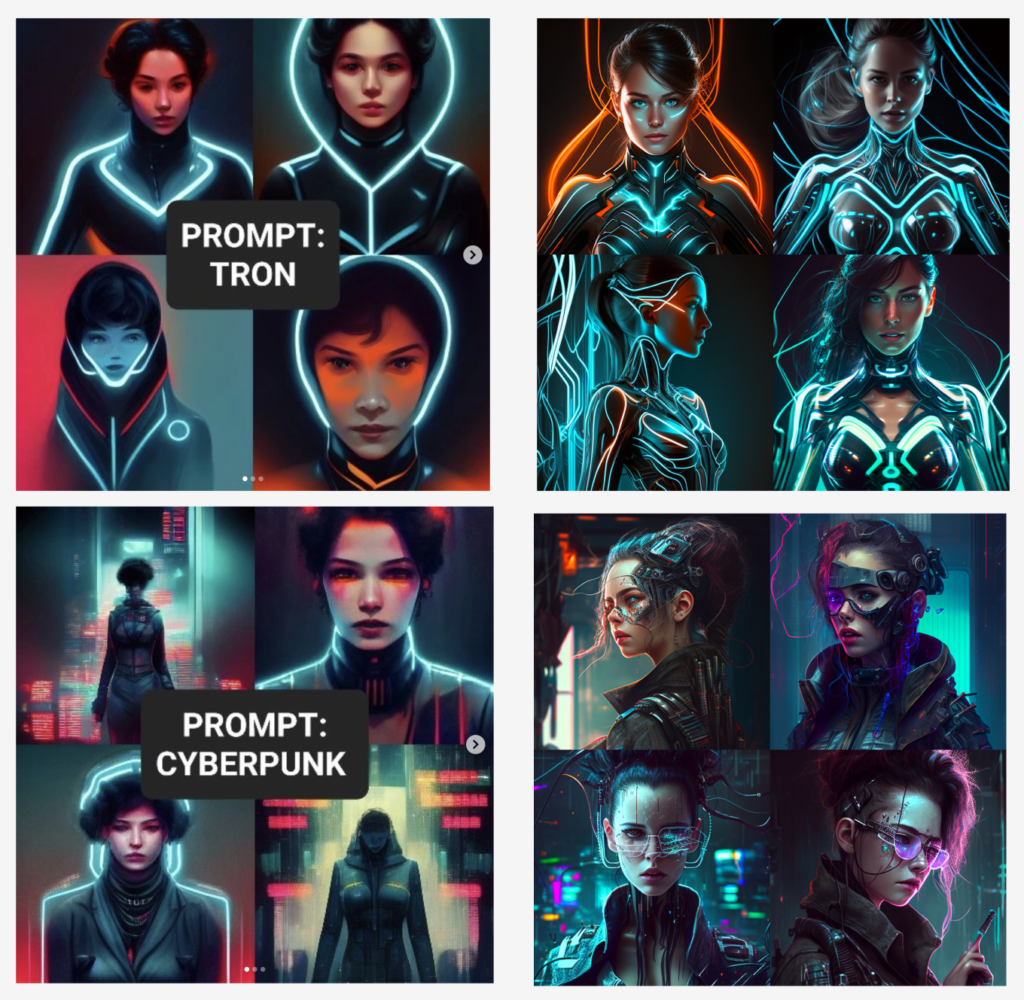
The objectification of women (which, in the case of ML models, manifests itself in many places, as disseminated by The Guardian) is probably the tip of the iceberg. In recent times, topics like this have been very much at the forefront of the entire AI discussion, and at conferences like Google I/O, a lot of space has been devoted to them. However, given how the whole race has accelerated, many companies may simply conclude that “who cares, sucks.” And that, unfortunately, doesn’t bode well.
Sources
- Microsoft’s ChatGPT-powered Bing is open for everyone to try starting today
- Google employees criticize CEO Sundar Pichai for ‘rushed, botched’ announcement of GPT competitor Bard
- Google’s AI chatbot Bard makes factual error in first demo
- Big Tech was moving cautiously on AI. Then came ChatGPT
- There is no standard’: investigation finds AI algorithms objectify women’s bodies

2. What is the Post-Covid reality of software conferences?
And now a chance to revisit memories of the previous apocalypse to take a break from the current apocalypse. So it will be about conferences in a post-Covid world.
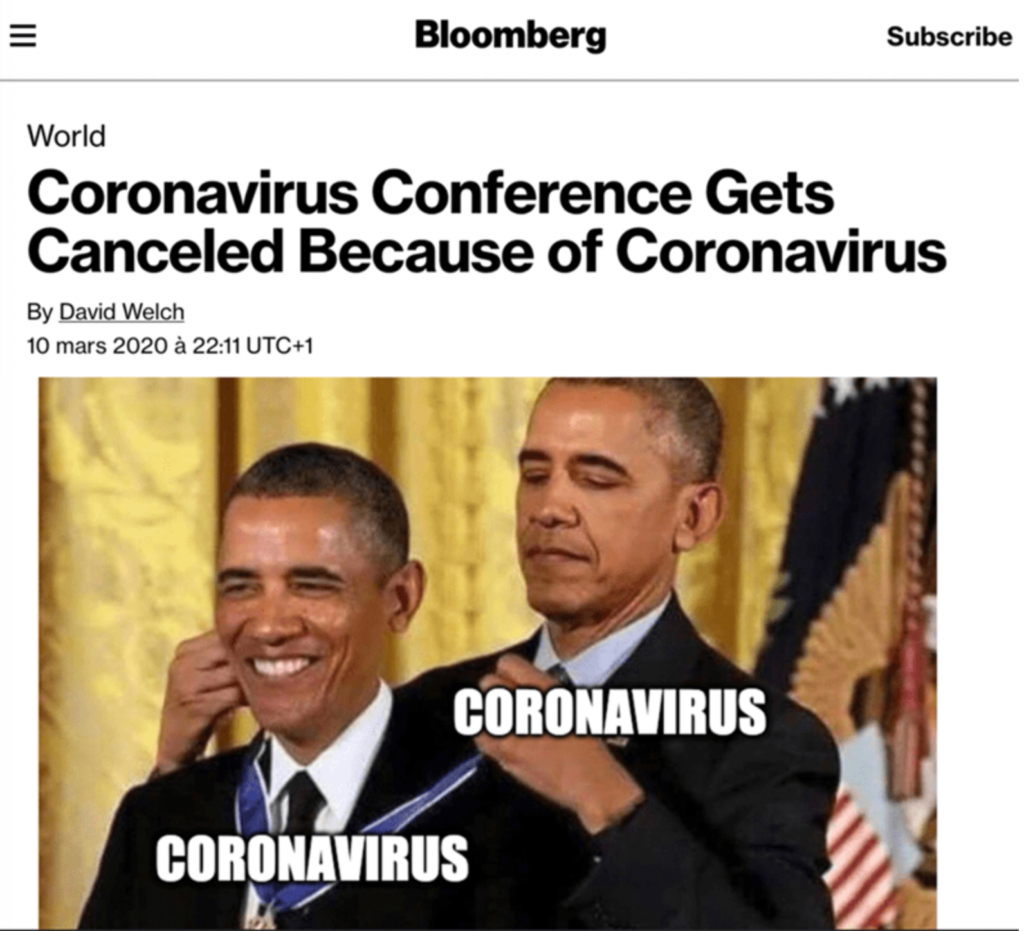
Privately, I’ll admit that I’ve never gotten too heavily into online events. I myself have participated as an online speaker in a few, but never as an audience. It is due to the fact that this format strips this type of event of the most important social aspect for me. That’s why I felt relieved when the Covid-19 pandemic ended, and most of the events returned to the stationary format. However, it turns out that for them this is just the beginning of the battle to return to normalcy.
Last week the text The State of Developer Conferences was published, describing the state in which developer conferences are, at least those in the US (though probably not exclusively). The author – Brian Rinaldi – has experience running in-person and virtual developer conferences, starting with Flex Camp Boston back in 2007. In his publication, Brian provides a behind-the-scenes look at the problems that plague organizers.
The pandemic had a serious impact on smaller developer events – quite a few did not return at all, and others with reduced attendance. As is the case with movie theaters, which were also very slow to open after the pandemic ceased, independent in-person developer conferences rely on sponsorships and ticket sales as revenue streams and require minimal attendance to be profitable. Today, independent in-person events are still down 30-40% from pre-2020 attendance levels, making it difficult for them to come out ahead on costs.
Interestingly, virtual events have also dropped by about 40% from their pandemic peaks, and many events have already been canceled. The author tries to analyze the situations and points out that in past, offline events used to (as basically the only ones taking place) gather all those interested. Now, however, two groups have emerged – one that comes to conferences for the knowledge, and another that does it for the social aspect. So each of them chooses a completely different type of event. At the same time, when it is impossible to gather both one and the other in one event, it becomes very difficult to cover fixed costs – a 10% difference in attendance can make-or-break profit or loss for the organizers of the entire event.
Also in Poland (because that’s where I’m writing these texts to you from), you hear from organizers that we’ve actually emerged a “lost generation”, who, entering the industry in a pandemic period, never got into the community aspect of it, which can have far-reaching effects. Someday they will be the team leaders and “role models” of sorts, making it so that more juniors will never be motivated to attend conferences by them, at least not as massively as they did just a few years ago.

And how does it look like for you? Have you returned after the pandemic to software conferences or do you prefer to watch the impenetrable resources of YouTube?
